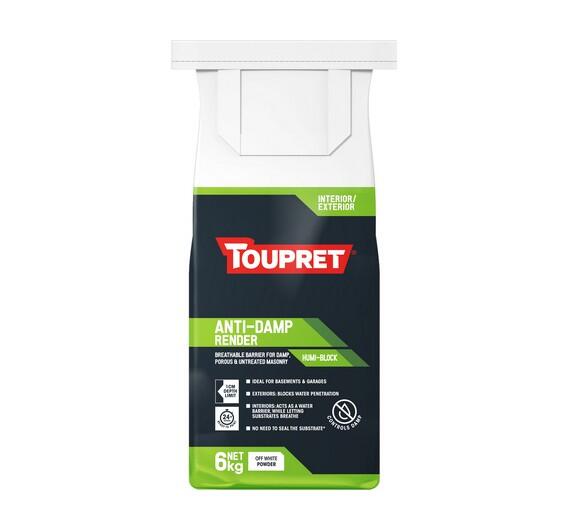Substrate diagnosis
.jpg)
Why diagnose the substrate?
To ensure the best finish and durability of your work, it's important to take care of the base substrate first.
- To determine which steps are needed to ensure a hard, cohesive, clean, sound and dry substrate for your filler
- To control the character and the condition of the substrate so that the correct filler can provide a lasting and high-quality finish
Problems to look for
The substrate must be :
1. HARD to avoid any risk of the filler detaching from the substrate.
2. COHESIVE to avoid the risk of the substrate breaking off due to the additional loads and tensions of the filler.
3. CLEAN to enable the filler to adhere to the substrate.
4. SOUND to avoid the risk of deterioration of decorative finishes over time, due to mould, spores, efflorescence, saltpetre or rust migrating through the substrate.
5. DRY to avoid blistering and separation.
Have a look at our Substrate Guides below to find and solve substrate problems.
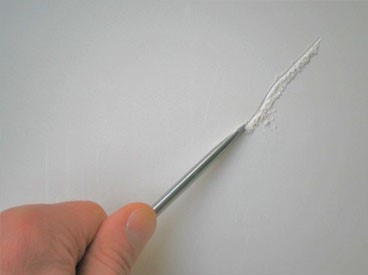
1.1 - Substrate diagnosis: Hard or soft ?
A ensuring your substrate is hard will help to avoid any risk of the filler detaching from the substrate.
Use a screwdriver to scratch harder substrates like cement or masonry or use your fingernails on softer substrates like plaster. If you easily penetrate the substrate, it is considered soft and should be hardened before applying a coating.
Solution : Apply wall hardener before filling. If the substrate is naturally soft (for example, cork) Toupret's range includes specialist fillers designed to cope with this.
Wall Hardener
Stabilised the substrate and improves the adhesion of fillers & coatings.
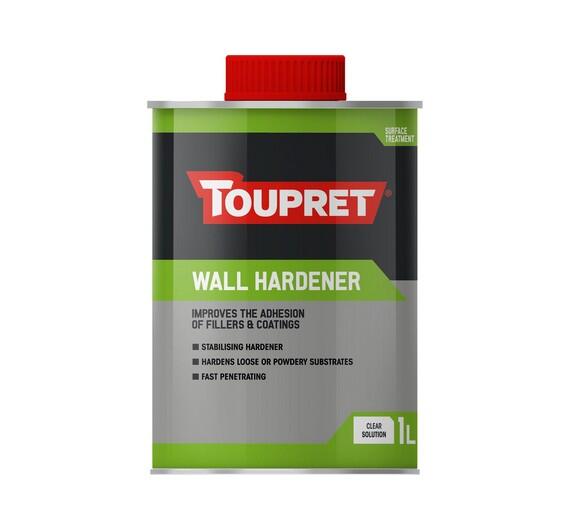
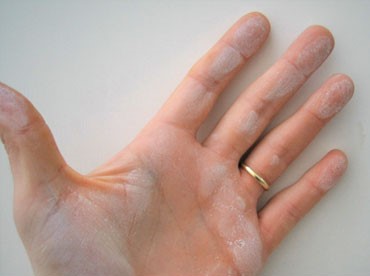
1.2 - Substrate diagnosis: Powdery?
If your substrate is free of powdery residue, the filler will adhere better to the substrate.
Smooth over the substrate with your hand. If any residue comes off, the substrate is either crumbly or powdery.
Solution: Apply wall hardener before filling.
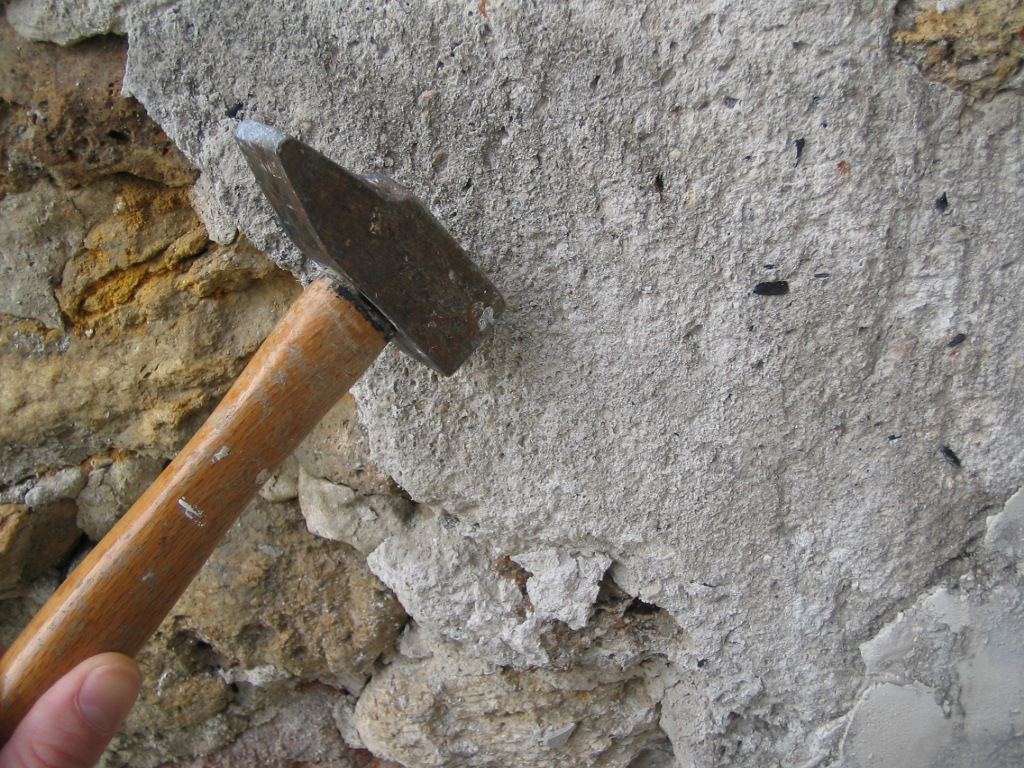
2 - Substrate diagnosis: Cohesive?
Simply scrape away all small and large pieces of loose debris the wall. If the substrate still seems powdery or soft after this, you can apply a wall hardener before applying the appropriate filler.
Solution : Remove all of the debris before applying hardener or filler.
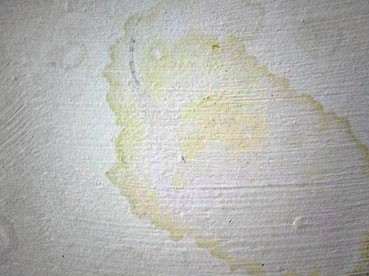
3 - Substrate diagnosis: Clean?
Visually inspect the surface and touch it with your flat hand for signs of stains or deposits (grease, old traces of glue, ink...):
- Raw, dirty substrate
- Painted, dirty substrate:
Solution : Remove the deposits by scraping them off, sanding, or washing with a suitable product and rinsing well.
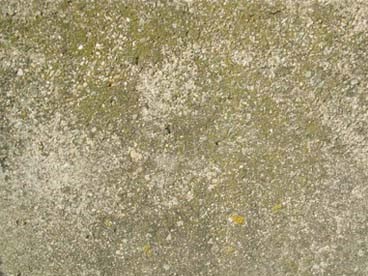
4 - Substrate diagnosis: Sound?
This simply requires a visual inspection of the surface and smooth over it with your hand to make sure it is free from mould or spores.
Solution : Remove the deposits (by scraping them off, sanding and cleaning) and then treat the substrate with an appropriate product (anti-rust, fungicide, etc.).
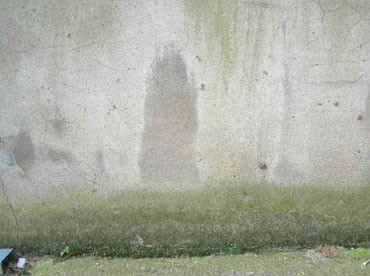
5 - Substrate diagnosis: Dry or damp?
If you are concerned about damp in your substrate, you can measure moisture levels with a hygrometer, as well as looking for visual signs such as blisters.
Solution : Toupret's Anti-Damp Treatment is a damp seal that will block any damp substrate. Toupret's Anti-Damp Render is a brethable skimcoat that can be used for skimming over whole walls of raw damp masonry to manage humidity levels over time, for example in garages or basements.
Anti-Damp Treatment
Moisture barrier.
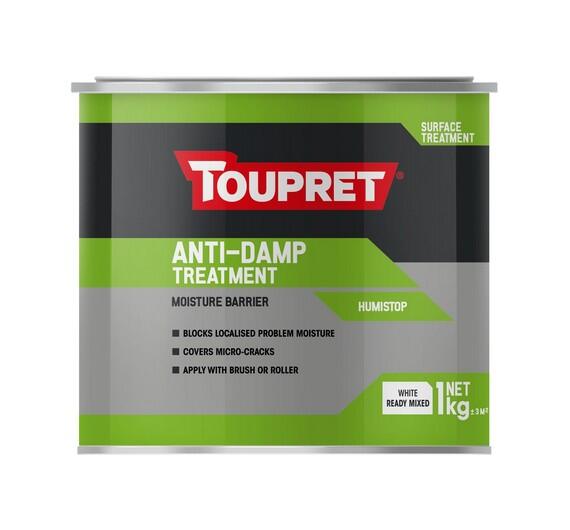
Anti-Damp Render
Breathable barrier for damp, porous & untreated masonry.
